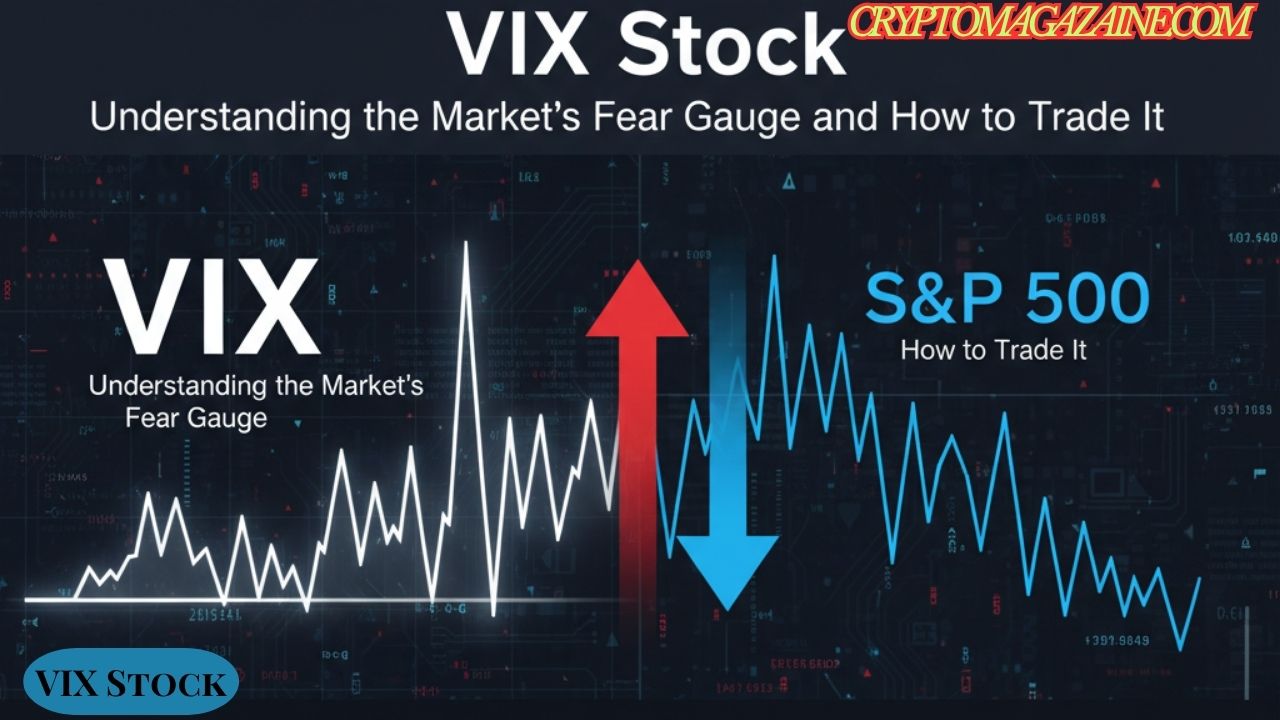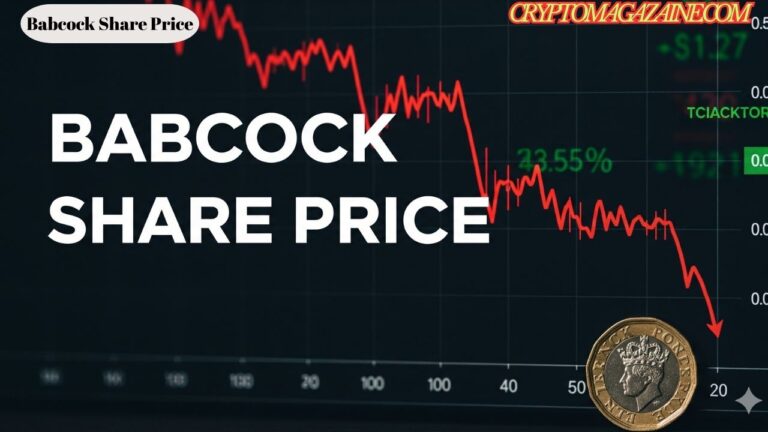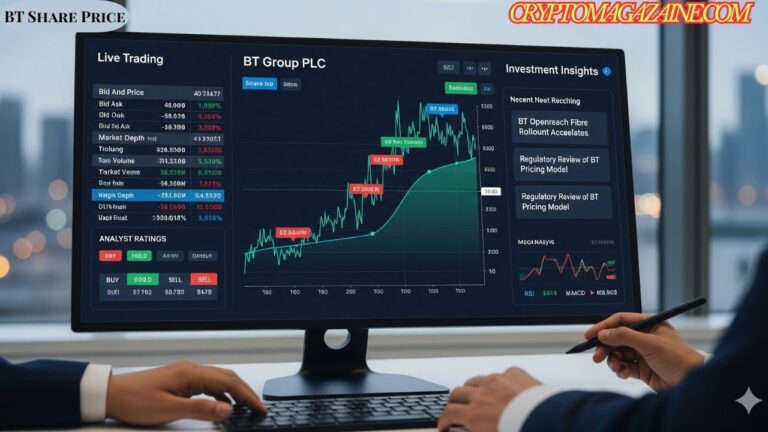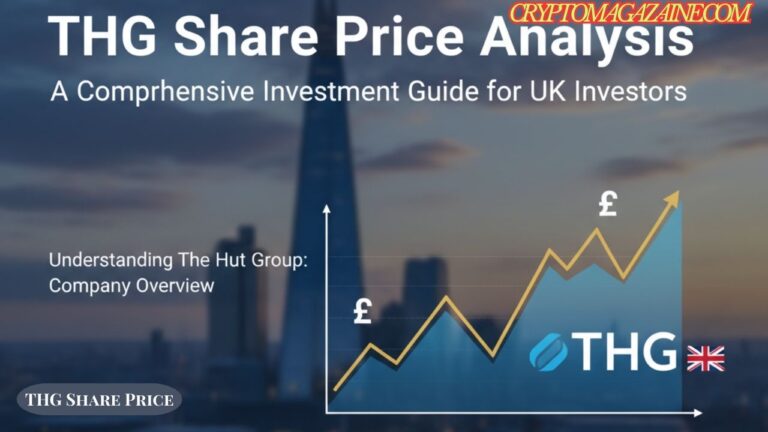Introduction to VIX
Many investors searching for “vix stock” are curious about one of the market’s most intriguing indicators. The VIX, or CBOE Volatility Index, serves as Wall Street’s premier gauge for measuring market anxiety and uncertainty.
However, there’s a common misconception that needs clearing up right away: the VIX is not technically a stock in the traditional sense. Unlike companies such as Apple or Microsoft, investors cannot simply buy shares of VIX through their brokerage account. Instead, the VIX operates as an index that measures the market’s expectation of 30-day forward-looking volatility based on S&P 500 index options.
The financial community has given this index several colorful nicknames, most notably the “Fear Gauge” or “Fear Index.” These monikers reflect the VIX’s tendency to spike during periods of market stress and decline when investors feel confident about market stability.
Understanding How VIX Works
The calculation methodology behind the VIX might seem complex, but the basic concept is straightforward. The index derives its values from real-time prices of S&P 500 index options with near-term expiration dates. Essentially, it reflects what traders are willing to pay for protection against market swings.
This real-time index captures investor sentiment in a unique way. When the stock quote VIX shows elevated readings, it signals that traders expect significant market movement ahead. Conversely, low readings suggest expectations of calm, steady markets.
One of the most important characteristics of the VIX is its inverse relationship with stock market performance. When major indices like the S&P 500 decline, the vix stock price typically rises. During bull markets and periods of stability, the VIX tends to remain subdued.
Understanding VIX range interpretation helps investors contextualize the readings. Generally, VIX levels below 12 indicate low volatility expectations, readings between 12 and 20 represent normal market conditions, and values above 20 signal heightened volatility. When the VIX surges above 30, markets are typically experiencing significant stress or panic.
How to Invest in VIX
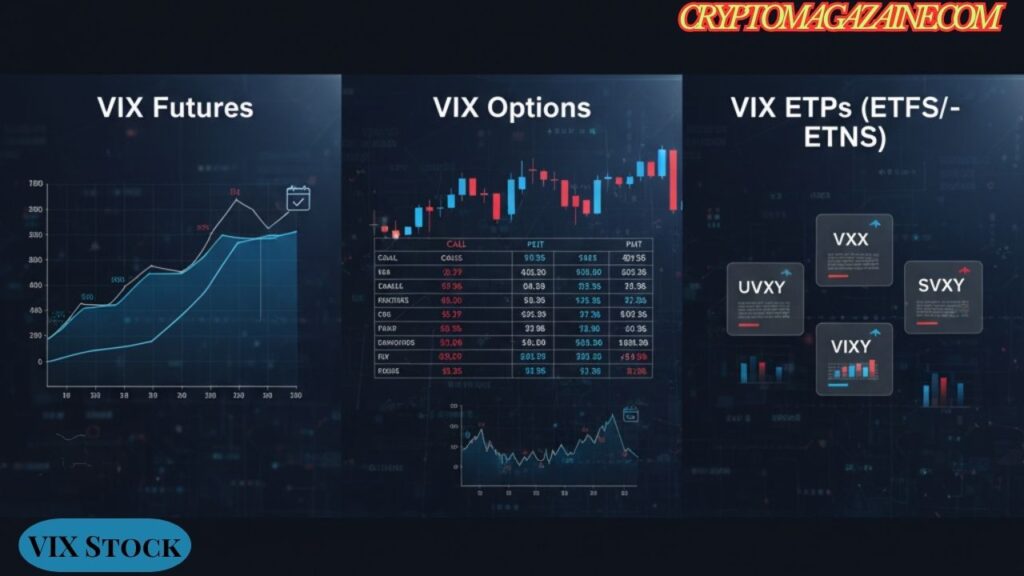
As mentioned earlier, investors cannot directly purchase VIX like a traditional stock. However, several financial instruments allow traders to gain exposure to volatility movements.
VIX Futures Contracts represent agreements to buy or sell the VIX at a predetermined price on a future date. These contracts are primarily used by sophisticated traders and institutional investors who understand the complexities of futures markets.
VIX Options provide another avenue for trading volatility. These derivative contracts give holders the right, but not the obligation, to buy or sell VIX futures at specific prices. Options strategies can be tailored for various market outlooks and risk tolerances.
Exchange-Traded Products (ETPs) offer the most accessible way for retail investors to trade volatility. VIX ETFs track the performance of VIX futures contracts, providing liquid, stock-like instruments that trade throughout the day. Similarly, VIX ETNs (Exchange-Traded Notes) are debt securities that track VIX-related indices.
Popular VIX-related tickers include VXX (short-term VIX futures), UVXY (leveraged short-term VIX futures), SVXY (inverse VIX exposure), and VIXY (another short-term VIX futures tracker). Each product has distinct characteristics and risk profiles that investors should thoroughly research before trading.
Trading Strategies
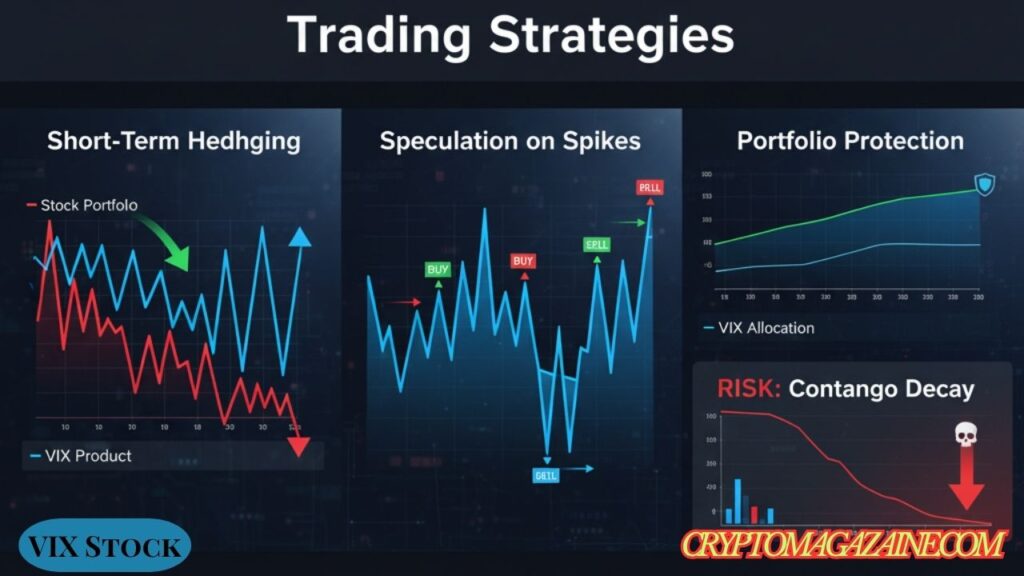
Understanding various trading strategies helps investors utilize vix stocks effectively within their portfolios.
Short-term hedging against market downturns represents one of the most common uses for VIX products. When investors anticipate market turbulence, they can purchase VIX-related instruments as insurance against portfolio losses. As the vix stock price rises during downturns, gains from these positions can offset losses in traditional stock holdings.
Portfolio protection during uncertain times extends beyond immediate hedging. Some investors maintain small allocations to VIX products during periods of elevated geopolitical or economic uncertainty, even before specific threats materialize.
Speculation on volatility spikes attracts active traders who attempt to profit from sharp VIX movements. These traders typically enter and exit positions quickly, capitalizing on sudden fear or complacency in markets.
However, the risks of holding VIX products long-term cannot be overstated. A phenomenon called contango decay erodes the value of most VIX ETFs over time. In contango markets, near-term VIX futures trade at lower prices than longer-dated contracts. As VIX ETFs constantly roll their futures positions, they incur losses from this price structure, making them unsuitable for buy-and-hold strategies.
Factors That Influence VIX
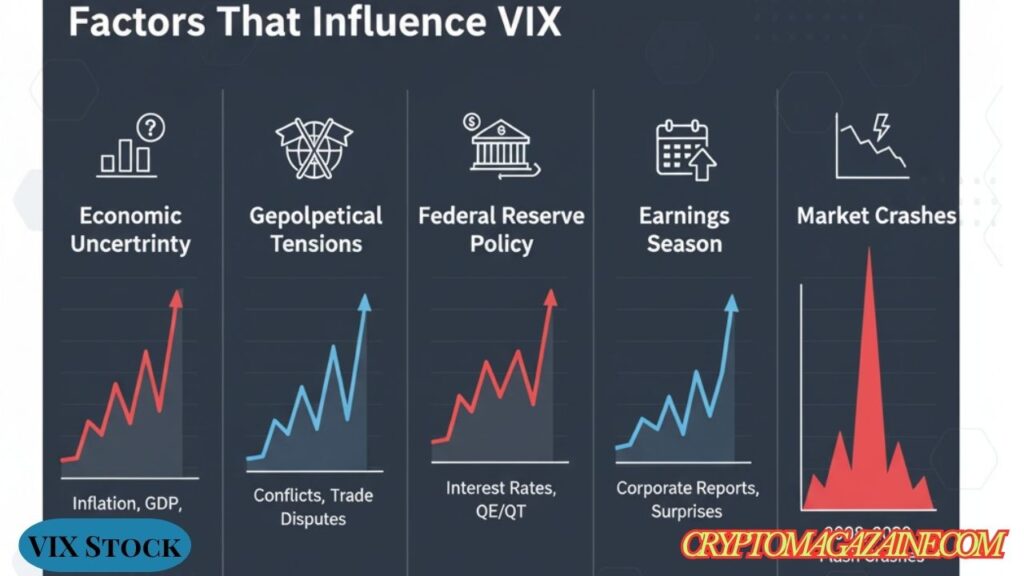
Several key factors drive movements in the vix stock price, helping investors understand when volatility might spike or subside.
Economic uncertainty and news events frequently trigger VIX fluctuations. Unexpected employment reports, inflation data, or GDP figures can all impact volatility expectations. Major corporate earnings surprises or economic indicators that deviate significantly from forecasts often move the needle.
Geopolitical tensions historically produce some of the sharpest VIX spikes. Military conflicts, trade disputes, diplomatic crises, and political instability in major economies can all elevate market anxiety and push vix stocks higher.
Federal Reserve policy decisions carry enormous weight in volatility markets. Interest rate changes, quantitative easing programs, or shifts in monetary policy rhetoric can dramatically affect investor sentiment and volatility expectations.
Earnings season volatility occurs quarterly as thousands of companies report financial results. During these periods, uncertainty about corporate performance can elevate baseline VIX levels, even without broader market stress.
Market corrections and crashes represent the ultimate VIX catalysts. During sharp market declines, fear intensifies rapidly, often sending the VIX to extreme levels. Historical examples include the 2008 financial crisis, the 2020 COVID-19 pandemic onset, and various flash crash events.
Pros and Cons of VIX Investing
Like any investment approach, trading vix. stocks comes with distinct advantages and disadvantages that investors should carefully weigh.
Advantages
Portfolio diversification stands out as a primary benefit. Since VIX products typically move opposite to stock markets, they provide valuable diversification that can smooth overall portfolio returns during turbulent periods.
Hedging tool capabilities make VIX products particularly attractive to risk-conscious investors. They offer a liquid, transparent way to protect against sudden market declines without selling core holdings.
Profit from volatility opportunities exist during periods of market stress. Investors who correctly anticipate volatility spikes can generate significant returns in short timeframes, as the vix stock price can multiply rapidly during crises.
Disadvantages
Complexity presents the first major challenge. VIX products involve futures contracts, options mechanics, and sophisticated concepts that require substantial financial knowledge to navigate successfully.
Decay in VIX ETPs creates a structural headwind for long-term holders. The contango effect mentioned earlier means that most VIX ETFs lose value over time, even when the underlying VIX index remains stable.
Timing challenges make VIX trading particularly difficult. Predicting exactly when volatility will spike requires not just market knowledge but also precise timing. Early entries can result in losses from decay, while late entries might miss the opportunity entirely.
Not for buy-and-hold strategies represents perhaps the most critical warning. Traditional investing wisdom about long-term holding periods does not apply to VIX products. These are tactical, timing-dependent instruments rather than strategic portfolio cornerstones.
Key Considerations for Investors
Before incorporating vix stocks into investment strategies, several important considerations deserve attention.
Experience level required for successful VIX trading exceeds that needed for traditional stock investing. Investors should thoroughly understand derivatives, futures markets, and volatility dynamics before committing capital. Beginners often fare better observing VIX movements and paper trading before risking real money.
Time horizon decisions prove crucial when trading VIX products. These instruments work best for short-term positions measured in days or weeks rather than months or years. Investors must be prepared to actively manage positions and exit when opportunities fade or positions move against them.
Risk tolerance assessment becomes especially important with volatility products. The vix stock price can move dramatically in either direction, sometimes declining sharply even during market stress if volatility expectations were already elevated. Position sizing should reflect these unique risks.
Understanding of derivatives markets separates successful VIX traders from those who struggle. Knowing how futures contracts work, how ETFs track underlying instruments, and how various factors affect pricing helps investors make informed decisions.
Monitoring requirements for VIX positions typically exceed those for traditional stocks. Given the potential for rapid movement and value decay, investors need to check positions regularly and stay informed about market conditions that might trigger volatility changes.
Conclusion
The VIX represents a sophisticated investment tool that offers unique opportunities for market participants willing to invest time in understanding its mechanics. While searching for “vix stock” might initially suggest a simple equity investment, the reality involves a complex ecosystem of derivatives and volatility products.
The importance of education before investing in VIX-related instruments cannot be overstated. These products behave differently than traditional stocks, with unique risks and characteristics that can surprise unprepared investors. Taking time to learn about contango, futures roll yields, and volatility dynamics pays dividends in better decision-making.
Within a broader investment strategy, VIX products can serve valuable roles as hedging tools and tactical positions. However, they should typically represent small portfolio allocations used for specific purposes rather than core holdings. Investors who approach vix. stocks with realistic expectations, adequate knowledge, and disciplined risk management can potentially enhance portfolio outcomes during volatile market periods.
For more Updates: Crypto Magazaine
